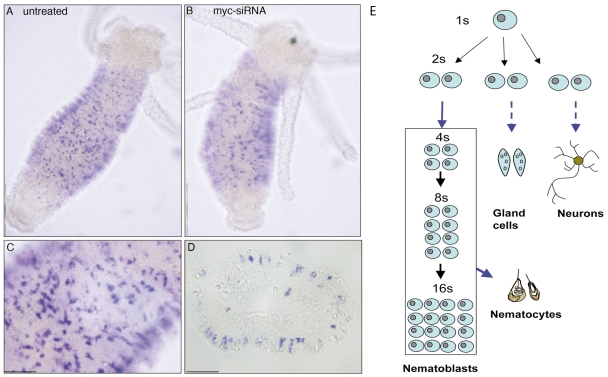Figure 3. Hymyc1 expression pattern is not affected by Hymyc1 downregulation.
A comparison of whole mount in situ hybridization performed on A) healthy animals and B) myc-siRNA treated animals (2 d) shows residual Hymyc1 transcripts in the RNAi targeted cells. As previously reported [10] Hymyc1 is expressed in proliferating interstitial cells, distributed along the gastric region, shown at higher magnification in (C). A cross section of stained animals confirms this expression pattern (D). Scale bars: 1 mm in A and B; 200 µm in C and D. A scheme of the differentiation pathways in the interstitial stem cell system is shown in (E). Interstitial stem cells include multipotent stem cells (1 s) and committed stem cells (2 s) that differentiate three major cell types in Hydra (nematoblasts, secretory cells, neurons, and gametes). Nematocytes, the phylum representative cells arming the tentacles and used for pray capture, originate from nematoblasts, i.e. committed cells that after several mitotic divisions (generating nests of 4, 8 and 16 cells connected by cytoplasmic bridges) finally differentiates into several types of nematocytes (stenoteles, desmonemes, isorriza, depending on the nematocyst morphology). 2 s cells committed toward either nematocyte, nerve or secretory cells, are morphologically indistinguishable. While single interstitial stem cells (1 s) continuously self renew, among the daughter cells (2 s) 60% remain stem cells, whereas 40% become committed to different cell types.

